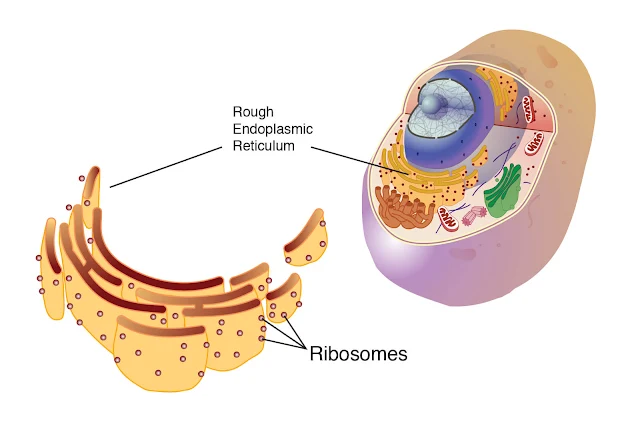INTRODUCTION: Red blood cells (RBC) are biconcave discs, with a diameter of about 7 microns. RBCs live for about 120 days in peripheral circulation, and 100 ml blood contains about 14.5 g of Hb. Mature RBC is non-nucleated; have no mitochondria and does not contain TCA cycle enzymes. However, the glycolytic pathway is active which provides energy and 2,3-bisphosphoglycerate (2,3-BPG). The HMP shunt pathway provides the NADPH.
PRODUCTION OF RED BLOOD CELLS: Human erythropoietin, a glycoprotein with molecular weight of 34 kD, is the major stimulator of erythropoiesis. It is synthesized in kidney and is released in response to hypoxia. RBC formation in the bone marrow requires amino acids, iron, copper, folic acid, vitamin B12, vitamin C, pyridoxal phosphate and pantothenic acid; they are used as hematinics in clinical practice.
FUNCTION OF HEME: Hemoglobin is a conjugated protein having heme as the prosthetic group and the protein, the globin. It is a tetrameric protein with 4 subunits, each subunit having a prosthetic heme group and the globin polypeptide. The polypeptide chains are usually two alpha and two beta chains. Hemoglobin has a molecular weight of about 67,000 Daltons. Each gram of Hb contains 3.4 mg of iron.
Heme is present in; 1) Hemoglobin 2) Myoglobin 3) Cytochromes 4) Peroxidase 5) Catalase 6) Tryptophan pyrrolase 7) Nitricoxide synthase
PRODUCTION OF HEME: Heme is produced by the combination of iron with a porphyrin ring. Chlorophyll, the photosynthetic green pigment in plants is magnesium porphyrin complex. Heme can be synthesized by almost all the tissues in the body. Heme is synthesized in the normoblasts, but not in the matured erythrocytes. The pathway is partly cytoplasmic and partly mitochondrial.
RELATED;
2. STRUCTURE AND FUNCTION OF HEMOGLOBIN
3. OXYGEN
4. THE GASEOUS EXCHANGE PROCESS























